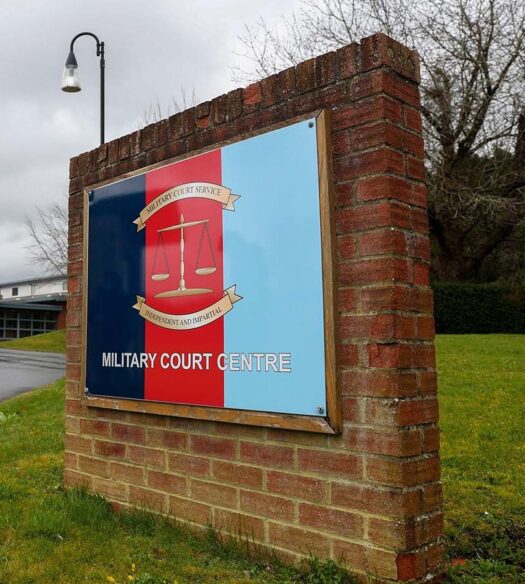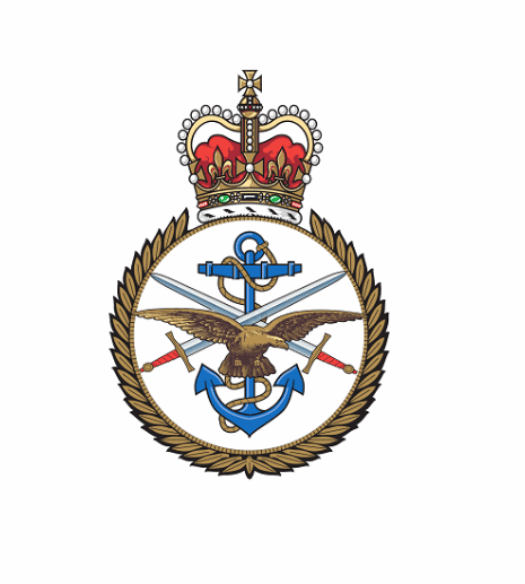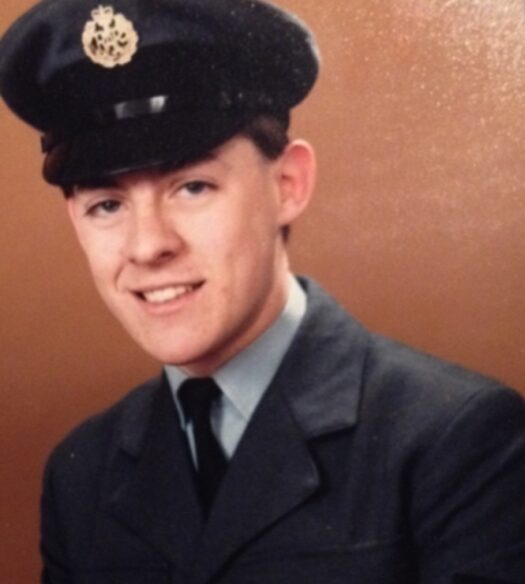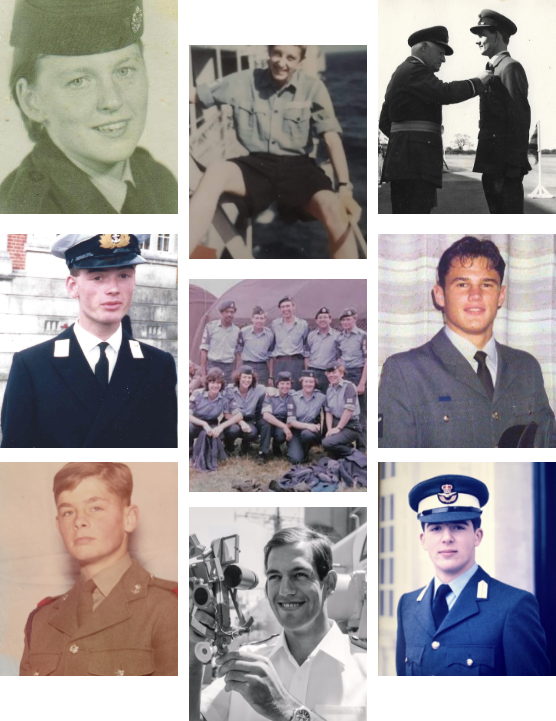
The formal lifting of the Ban on lesbian, gay and bisexual personnel serving in the UK Armed Forces came into effect on 12 January 2000, following a decisive ruling by the European Court of Human Rights.
This marked a legal turning point – but the path from policy change to full equality was a gradual one, requiring sustained cultural transformation within the Armed Forces.
Immediately following the policy change, the Ministry of Defence issued revised guidance across the Armed Forces, removing references to sexuality from codes of conduct and establishing a new framework that judged personnel solely on professional behaviour. However, whilst the Ban ended on paper, equality in practice evolved more slowly.
In the years following 2000, equal terms and conditions – such as recognition of same-sex partners for accommodation, pensions, and family support – were not immediately introduced. Progress was incremental and often driven by advocacy within the Services themselves, as LGBTQ+ personnel and allies worked to challenge outdated assumptions and build inclusive practices. For example, FWP founder, Lt Cdr Craig Jones MBE, came out to his commanding officer on the day the Ban was lifted and was an outspoken advocate for change whilst still serving.
A watershed moment arrived in 2006, when serving LGBTQ+ personnel from all three branches of the Armed Forces marched publicly in London Pride for the first time. That year, the Royal Navy made history by marching in full uniform, a decision taken by the then First Sea Lord, Admiral Sir Jonathan Band.
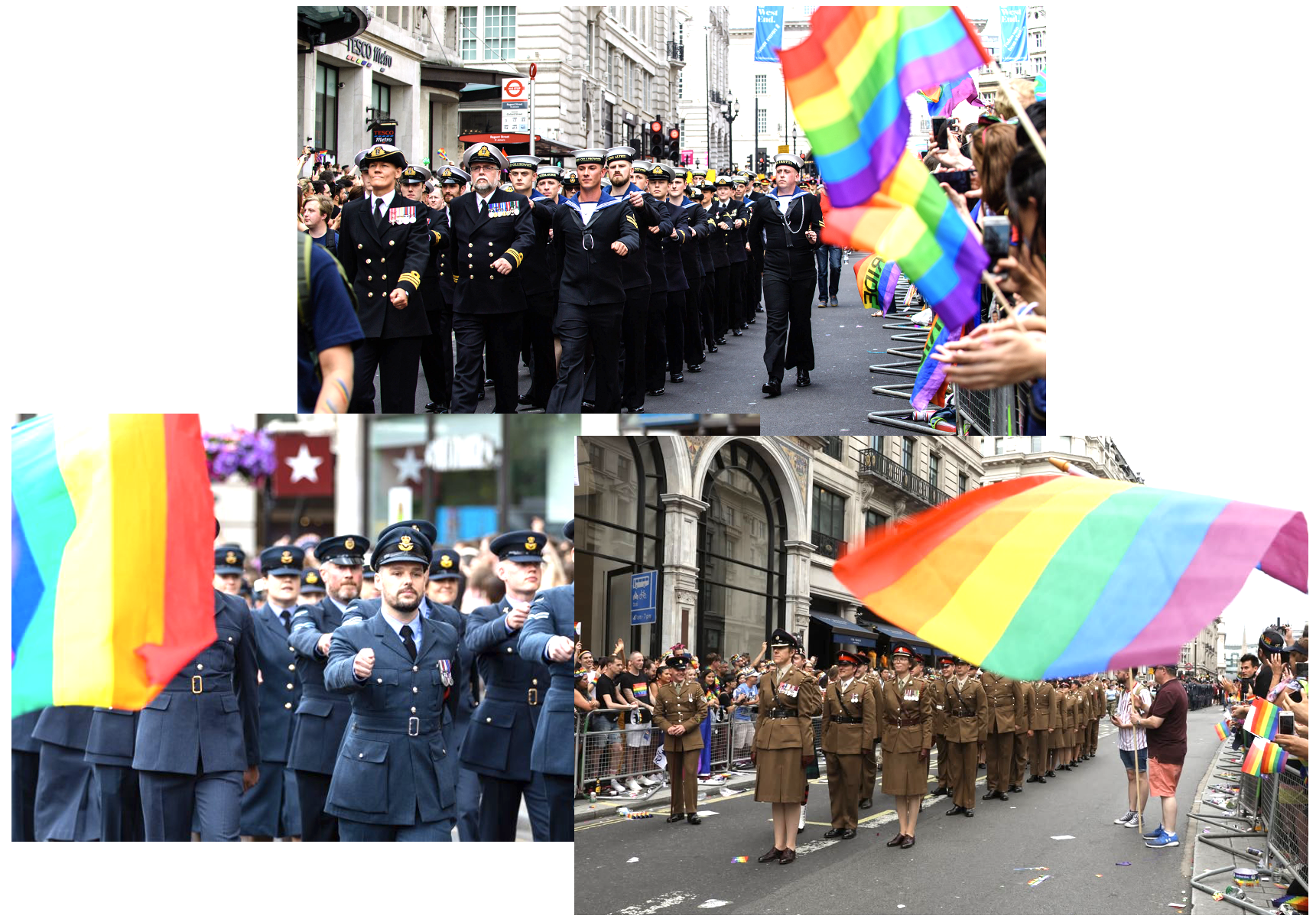
By 2008, all three Services were proudly marching together in uniform, signalling a visible and symbolic commitment to inclusion.
This milestone helped reshape public perception and was pivotal in building trust between LGBTQ+ personnel and military leadership. Over the following years, Service-specific support networks were established to provide advocacy and sense of community.
In 1999, Guidelines for the Retention and Support of ‘Transsexual’ Personnel had been adopted, becoming formal instructions for each service shortly afterwards. By 2014, these single Service instructions for transgender personnel were finally combined into a Joint Service Policy, further broadening the Armed Forces’ inclusive stance.
Whilst much progress has been made, the Armed Forces have also acknowledged the harm caused before 2000. The 2023 Etherton Report shed light on the mistreatment of LGBTQ+ personnel under the Ban and recommended official recognition and redress. One key recommendation was the creation of a national memorial.
The memorial symbolises both the progress achieved and the resilience of those who served – despite not being accepted for who they were.
